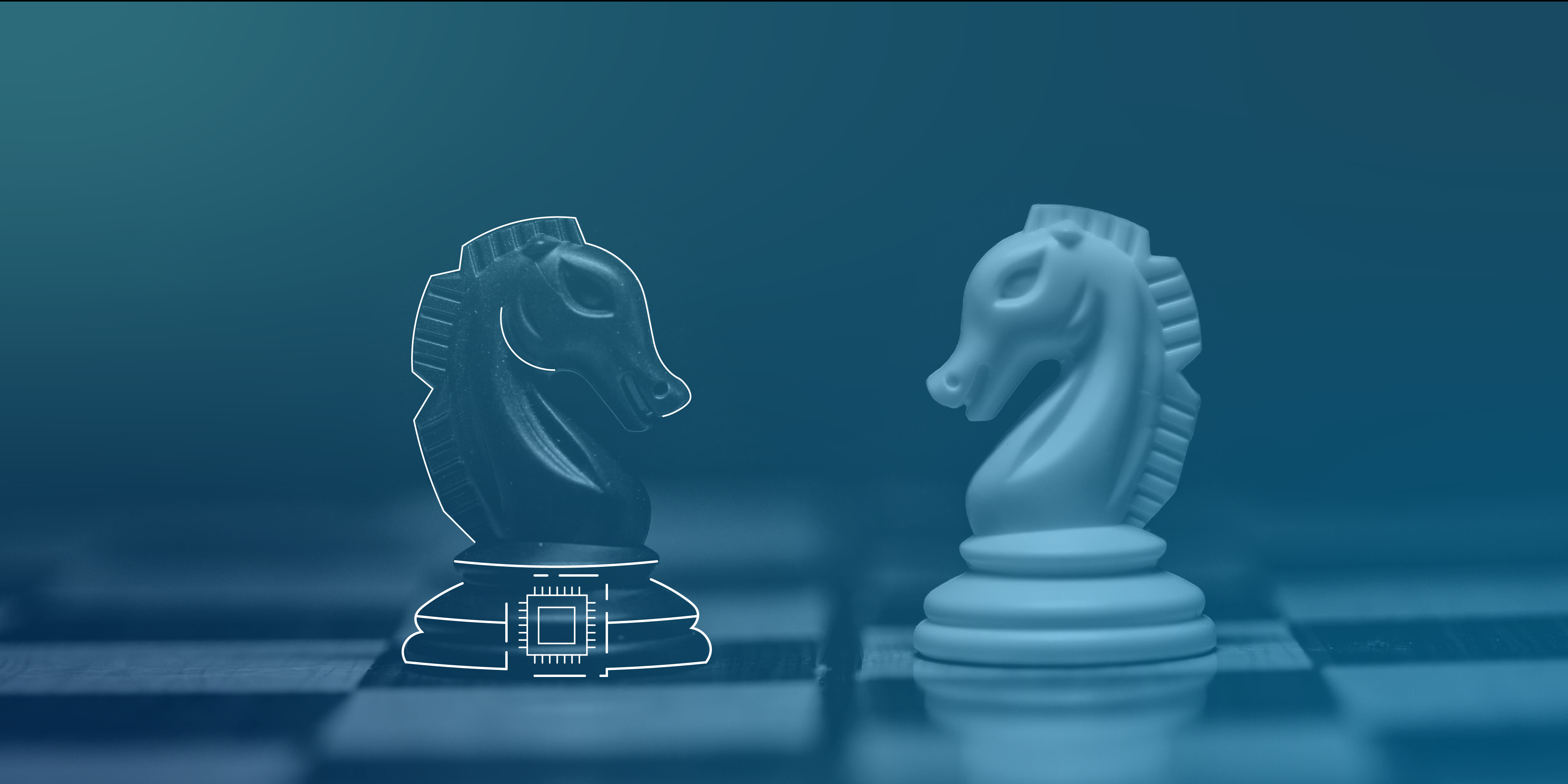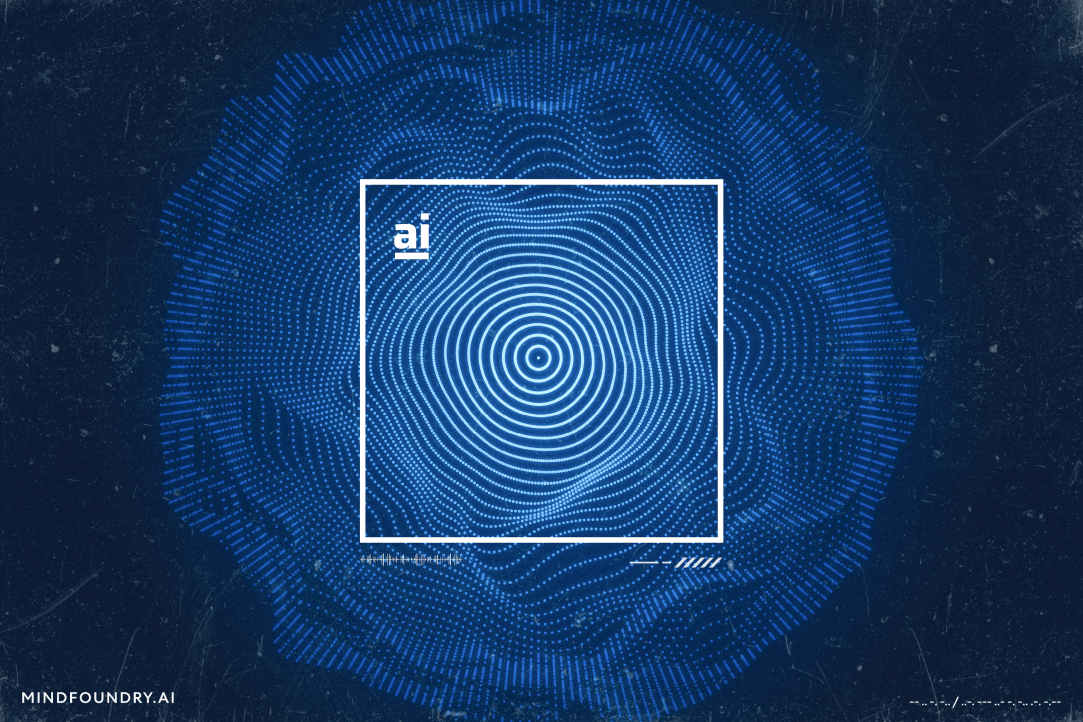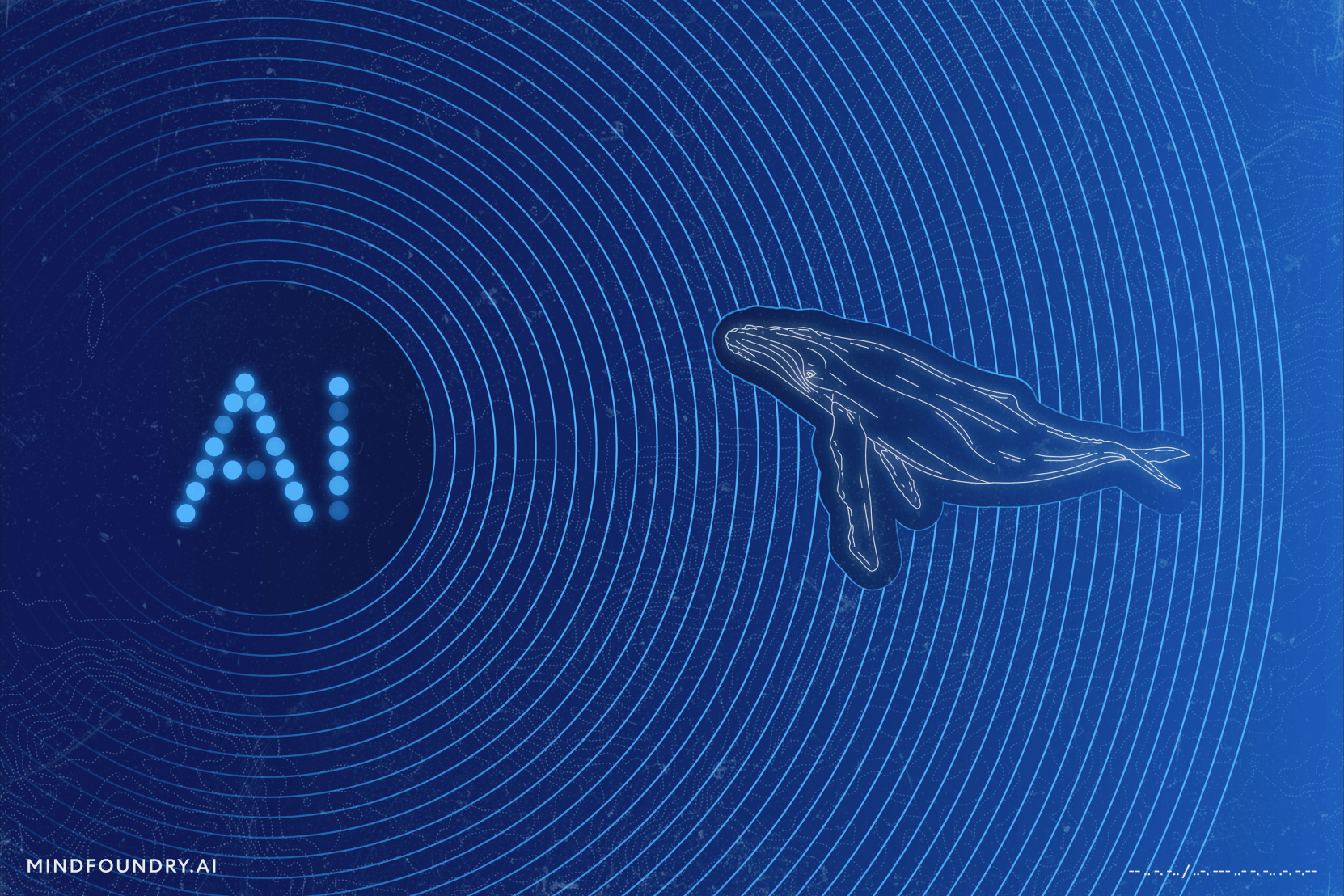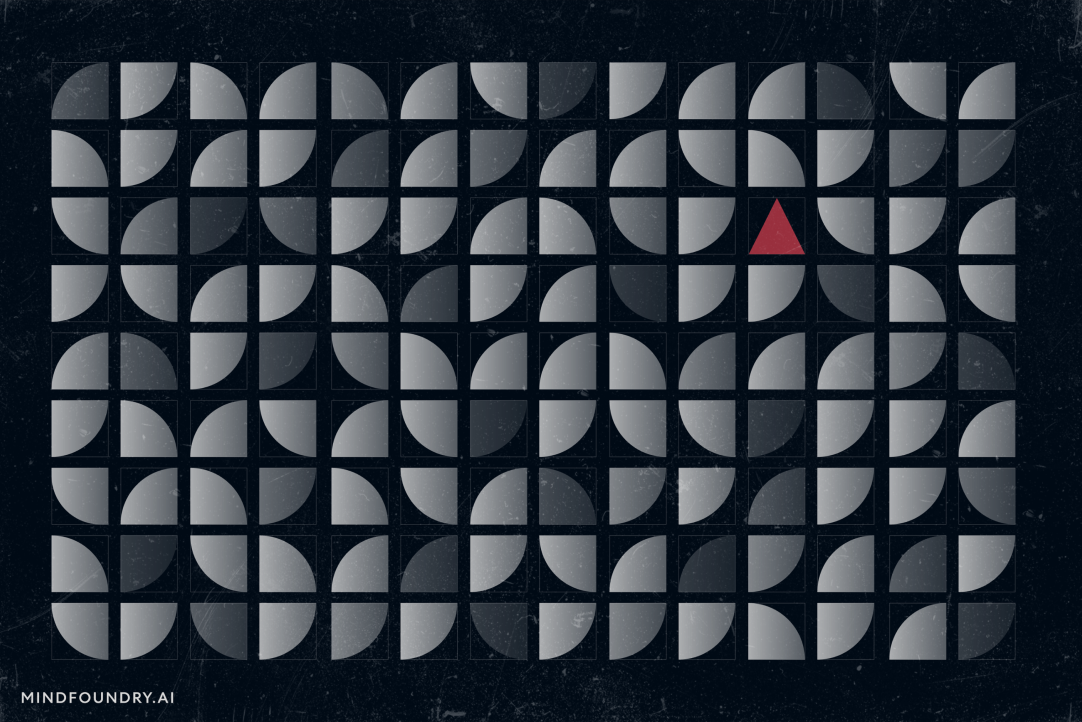Accelerating AI’s Operational Impact
In defence and national security, the nature of problems and the environments in which they occur make operationalising AI hugely challenging. This...
2 min read
Mind Foundry
:
Jun 13, 2019 8:00:00 AM

The internet can seem full of scary stories and science fiction, but what is Human-AI Collaboration really going to do to transform our lives in the near future?
“Will AI kill us all?” is one of the most popular questions asked on Q&A forums. While justified concerns are being raised about the impact of automation on the human workforce, people can paint a pretty bleak picture. Does it have to be that way?
To answer these big questions about the future of human-AI collaboration, let me use the example of my favourite game - chess. Seen as the ultimate battlefield between humans and machines, machines won for the very first time in 1997 when world champion Garry Kasparov was defeated by Deep Blue - a computer.
The media quickly announced this as the end of chess and, moreover, the end of humans. Yet, 22 years later, humans are still doing well. As is chess.
What is Human-AI Collaboration?
Contrary to earlier predictions, chess has not been relegated to the archives. More humans play chess now than ever before, and top tournaments are watched live by millions of chess fans worldwide. The quality of players has also improved, which is thanks in part to the availability of chess software.
In the past, an improving player had to pay for lessons with a strong grandmaster, of whom there were very few. Nowadays, everybody can run chess AI at home and get super-human quality advice. But the story does not end there.
Chess players do not improvise when they start a chess game. Rather, they try to recall memorised variations that other players have previously used successfully. This is called opening theory. For example, a chess player might say, “I moved my bishop to c5 in this position because this is what Magnus Carlsen had played against Vishy Anand in 2017.” Top games serve as patterns for others to follow.
The best games for reference, however, are the so-called “centaur” games - games where humans play against each other aided by a chess AI. This symbiosis results in outstanding quality - combining the best of humans and computers.
Human-AI Collaboration is an ally, not an enemy.
So, concluding this chess example - what can we learn from it? Should humans be made obsolete by the emergence of AI? Not at all! Rather, humans can and should use AI to raise their performance to new levels and become more productive and even more creative.
This is the concept we call Human-AI Collaboration. We do not want to replace humans with AI - it would be pointless anyway, as humans have and will always have qualities that machines simply don't possess. Instead, we want to enhance humans with powerful AI tools to produce wonderful results. For instance, new discoveries can be found in data that previously seemed to contain no meaningful insights.
So the next time somebody asks about the dangers of AI, think of it as our ally, not enemy.

In defence and national security, the nature of problems and the environments in which they occur make operationalising AI hugely challenging. This...

In the maritime domain, gaining a better understanding of increasing volumes and higher fidelity sonar data has well-known and potentially...

Fraud is one of the most pervasive threats in the insurance industry. Insurance fraud is estimated to cost insurers £1.1 billion in the UK alone. As...